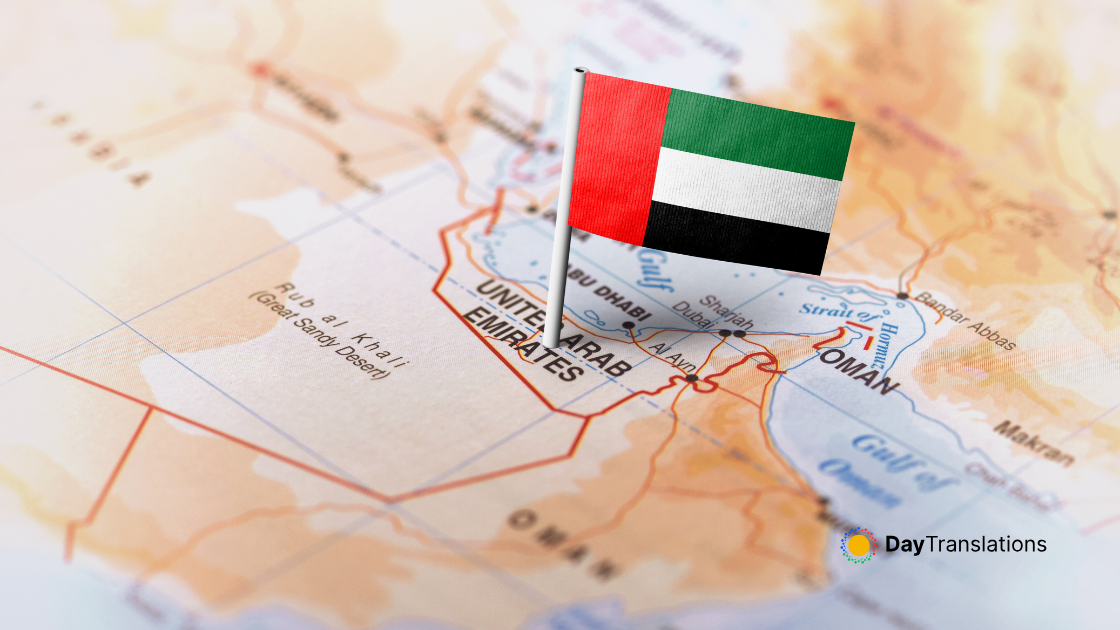Australia is a country in the southern hemisphere, located south of Indonesia, bordered by the Pacific Ocean and Indian Ocean. Neighboring countries include Indonesia, East Timor, and Papua New Guinea to the north, the Solomon Islands, Vanuatu, and New Caledonia to the north-east and New Zealand to the south-east. Australia is the world’s smallest continent but sixth-largest country with numerous European and Asian populations and many languages in wide usage.
:: Background of Australia ::
Aboriginal settlers arrived on the continent from Southeast Asia about 40,000 years before the first Europeans began exploration in the 17th century. No formal territorial claims were made until 1770, when Capt. James COOK took possession in the name of Great Britain. Six colonies were created in the late 18th and 19th centuries; they federated and became the Commonwealth of Australia in 1901. The new country took advantage of its natural resources to rapidly develop agricultural and manufacturing industries and to make a major contribution to the British effort in World Wars I and II. In recent decades, Australia has transformed itself into an internationally competitive, advanced market economy. It boasted one of the OECD’s fastest growing economies during the 1990s, a performance due in large part to economic reforms adopted in the 1980s. Long-term concerns include climate-change issues such as the depletion of the ozone layer and more frequent droughts, and management and conservation of coastal areas, especially the Great Barrier Reef.
In this Country Profile
:: Geography of Australia ::
Location: Oceania, region between the Indian Ocean and the South Pacific Ocean.
Geographic coordinates: 27 00 S, 133 00 E
Area:
Total: 7,686,850 sq km
land: 7,617,930 sq km
water: 68,920 sq km Note: includes Lord Howe Island and Macquarie Island.
Area – comparative: slightly smaller than the US contiguous 48 states
Land boundaries: 0 km
Coastline: 25,760 km
Maritime claims:
Territorial sea: 12 nm
contiguous zone: 24 nm
exclusive economic zone: 200 nm
continental shelf: 200 nm or to the edge of the continental margin
Climate: generally arid to semiarid; temperate in south and east; tropical in north.
Terrain: mostly low plateau with deserts; fertile plain in southeast.
Elevation extremes:
Lowest point: Lake Eyre -15 m
highest point: Mount Kosciuszko 2,229 m
Natural resources: bauxite, coal, iron ore, copper, tin, gold, silver, uranium, nickel, tungsten, mineral sands, lead, zinc, diamonds, natural gas, petroleum. Note: Australia is the world’s largest net exporter of coal accounting for 29% of global coal exports.
Land use:
arable land: 6.15% (includes about 27 million hectares of cultivated grassland)
permanent crops: 0.04%
other: 93.81% (2005)
Natural hazards: cyclones along the coast; severe droughts; forest fires
Environment – current issues: soil erosion from overgrazing, industrial development, urbanization, and poor farming practices; soil salinity rising due to the use of poor quality water; desertification; clearing for agricultural purposes threatens the natural habitat of many unique animal and plant species; the Great Barrier Reef off the northeast coast, the largest coral reef in the world, is threatened by increased shipping and its popularity as a tourist site; limited natural fresh water resources.
Environment – international agreements: party to: Antarctic-Environmental Protocol, Antarctic-Marine Living Resources, Antarctic Seals, Antarctic Treaty, Biodiversity, Climate Change, Climate Change-Kyoto Protocol, Desertification, Endangered Species, Environmental Modification, Hazardous Wastes, Law of the Sea, Marine Dumping, Marine Life Conservation, Ozone Layer Protection, Ship Pollution, Tropical Timber 83, Tropical Timber 94, Wetlands, Whaling. Signed, but not ratified: none of the selected agreements.
:: People of Australia ::
Population: 21,007,310 (July 2008 est.)
Age structure:
0-14 years: 18.8% (male 2,022,151/female 1,919,002)
15-64 years: 67.9% (male 7,233,555/female 7,038,722)
65 years and over: 13.3% (male 1,266,166/female 1,527,714) (2008 est.)
Median age:
Total: 37.1 years
male: 36.4 years
female: 37.9 years (2008 est.)
Population growth rate: 1.221% (2008 est.)
Birth rate: 12.55 births/1,000 population (2008 est.)
Death rate: 6.68 deaths/1,000 population (2008 est.)
Net migration rate: 6.34 migrant(s)/1,000 population (2008 est.)
Sex ratio:
at birth: 1.05 male(s)/female
under 15 years: 1.05 male(s)/female
15-64 years: 1.03 male(s)/female
65 years and over: 0.83 male(s)/female
total population: 1 male(s)/female (2008 est.)
Infant mortality rate:
total: 4.82 deaths/1,000 live births
male: 5.15 deaths/1,000 live births
female: 4.47 deaths/1,000 live births (2008 est.)
Life expectancy at birth:
total population: 81.53 years
male: 79.16 years
female: 84.02 years (2008 est.)
Total fertility rate: 1.78 children born/woman (2008 est.)
HIV/AIDS – adult prevalence rate: 0.1% (2003 est.)
HIV/AIDS – people living with HIV/AIDS: 14,000 (2003 est.)
HIV/AIDS – deaths: fewer than 200 (2003 est.)
Nationality: noun: Australian(s) adjective: Australian
Ethnic groups: white 92%, Asian 7%, aboriginal and other 1%
Religions: Catholic 26.4%, Anglican 20.5%, other Christian 20.5%, Buddhist 1.9%, Muslim 1.5%, other 1.2%, unspecified 12.7%, none 15.3%
Languages: English 79.1%, Chinese 2.1%, Italian 1.9%, other 11.1%, unspecified 5.8% (2001 Census)
Literacy: Definition: age 15 and over can read and write
total population: 99%
male: 99%
female: 99% (2003 est.)

Sorry, the comment form is closed at this time.